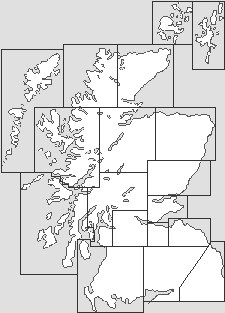 Dumfries Seen Across the River Nith |
 Dumfries Seen Across the River Nith |
 A Closer View of Dumfries Over the River Nith |
 High Street |

|
|
|
Visitor InformationView Location on MapWhat3Words Location: ///spud.fines.bench |
 The Globe Inn |
 Museum and Camera Obscura |
 Devorgilla Bridge |
 The Robert the Bruce |
 Robert Burns House |
 Jean Armour: Robert Burns' Wife |
 Robert Burns Mausoleum |
Visitor InformationView Location on MapWhat3Words Location: ///spud.fines.bench |
 Fountain, High Street |
 Greyfriars Church & Burns' Statue |
 Dumfries Academy |
 Robert Burns Centre |
 Model of Dumfries in Centre |
 The River Nith Suspension Bridge |
 D&G Aviation Museum |
